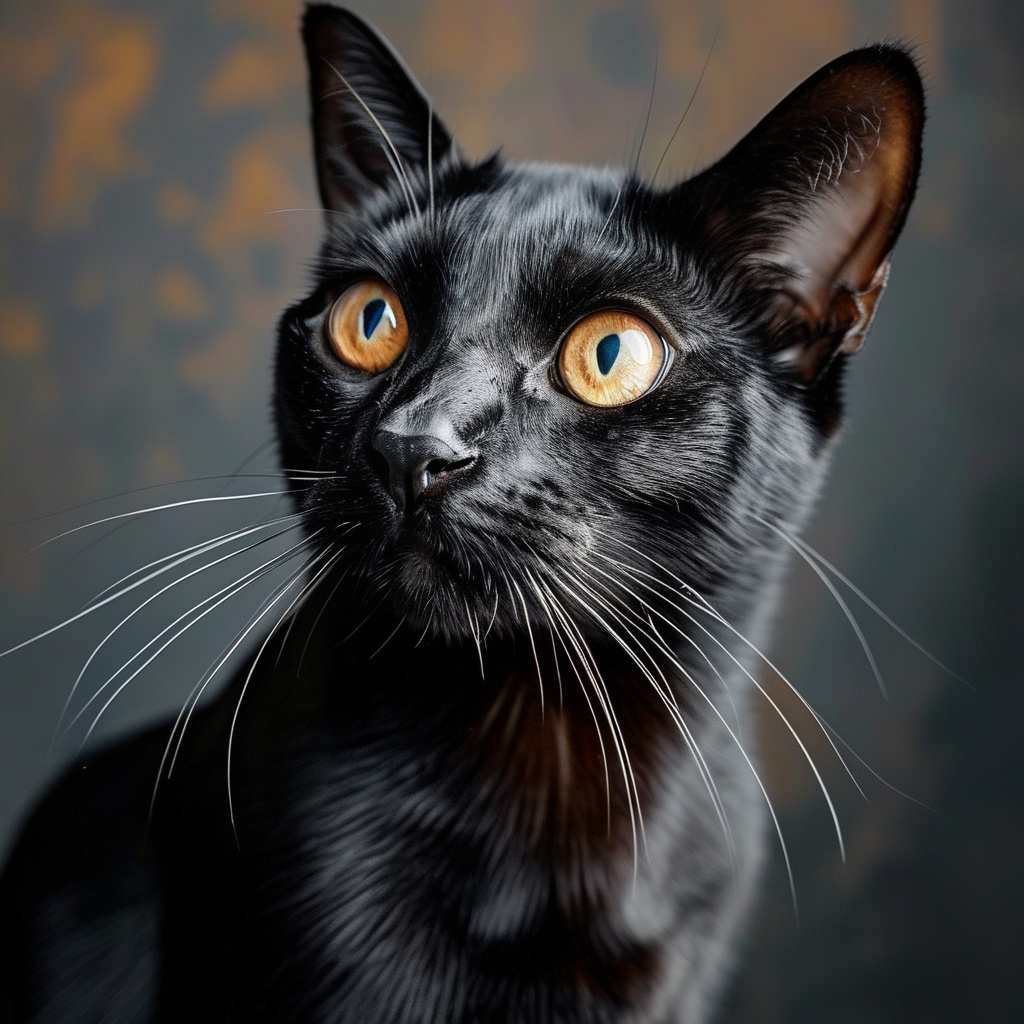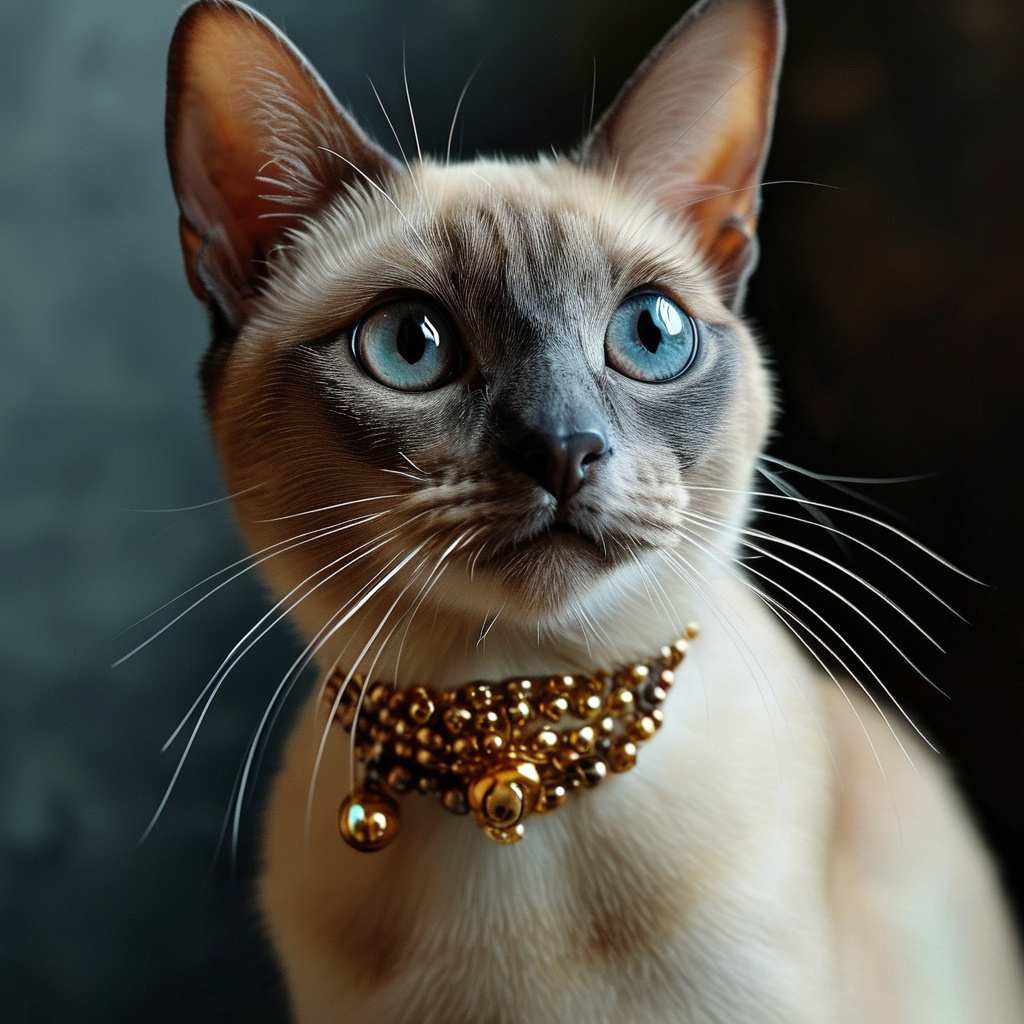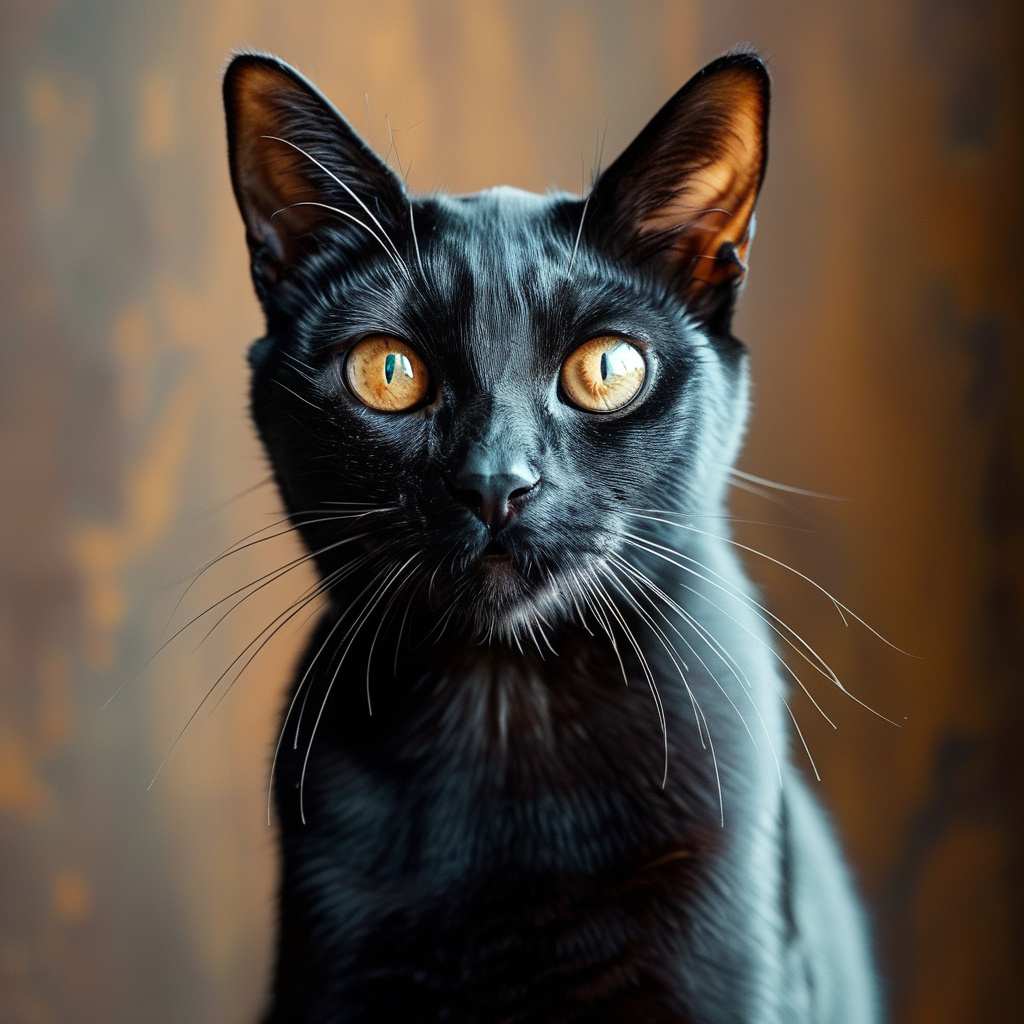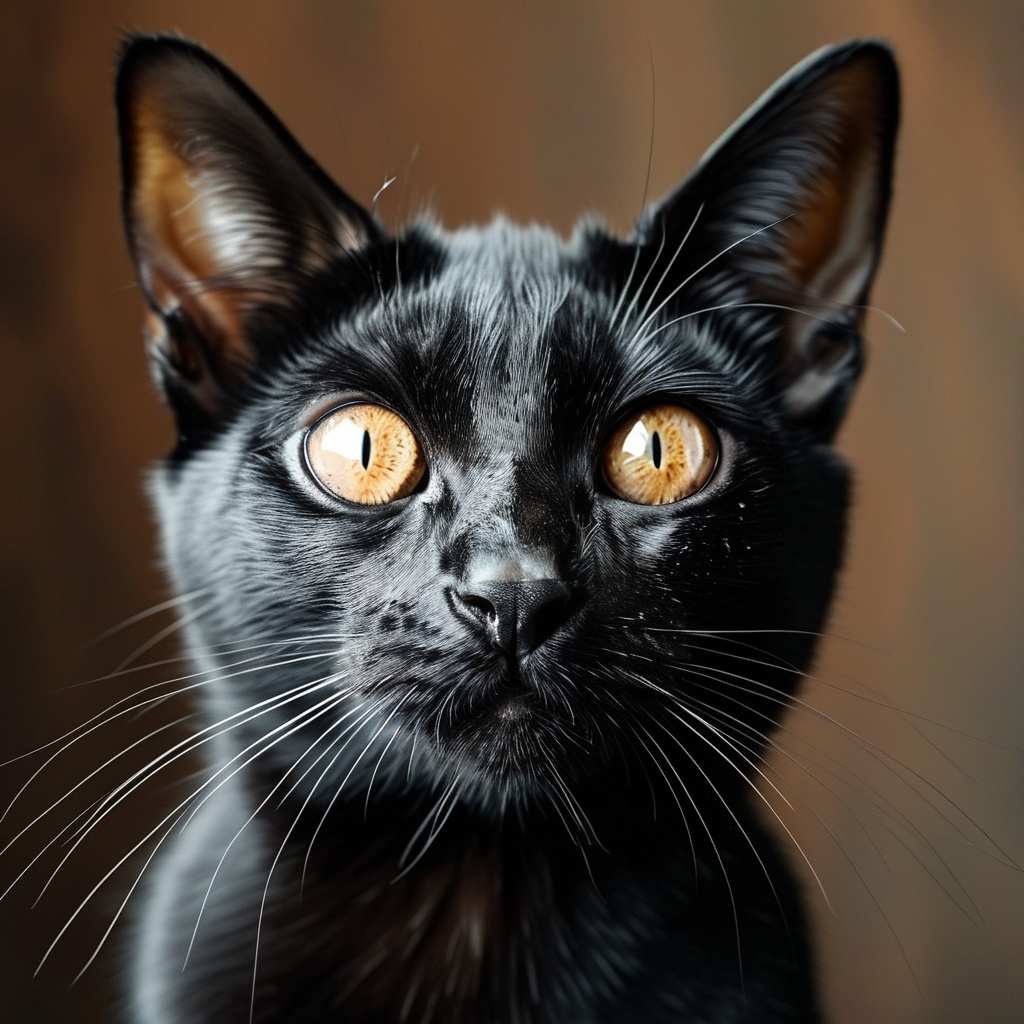 Introduction:
Introduction:
Thai cats, a recently recognized breed, offer a glimpse into the traditional appearance and character of the original Siamese cats before selective breeding altered their look. Registered by FIFe in 2015 and officially recognized in 2017, Thai cats stand apart with their rounder skulls, strong builds, and striking blue eyes. Unlike the slim, Oriental-looking Siamese cats of today, Thai cats retain the balanced proportions and calm demeanor of their ancestors. These friendly, vocal, and intelligent cats are cherished for their ease of care, sociability, and long lifespans, making them a beloved breed for cat lovers worldwide.
Thai cats, which are registered as Thai, are an intriguing breed because there’s a discrepancy in the date of their creation. Some people think it’s one of the oldest breeds, like the Siamese cats. That’s not quite accurate. Some say that Thai cats are old Siamese cats, which are those from the 1950s when they looked quite different. Over time, Siamese breeding and selection have become so strict and narrow that it’s led to a completely new breed pattern. A lot of people didn’t like the change in appearance, so Thai cats were created to bring back the original Siamese look.
Related Post: Caring for Your Pregnant Cat: Essential Tips for a Healthy Pregnancy and Kittens
The first Thai cats were registered with the FIFe feline organization in 2015. They’re one of the newer breeds. They were officially recognized in 2017.
Today’s Siamese cats are quite different from Thai cats, which don’t have that oriental look. They don’t have the slim, Oriental look of Siamese cats. They’re proportional cats with a round skull, similar to the older Siamese cats.
Related Post: Understanding Allergies in Dogs and Cats: Causes, Symptoms, and Treatment
 The silhouette of Thai cats
The silhouette of Thai cats
Thai cats are in FIFe category IV. They’re medium-sized, with a body weight of between 3 and 5 kg. The head is wedge-shaped, medium-sized, and broad. The body is just a tad longer than the legs. These cats are strong and muscular but not heavy-set. The ears are broad at the base, moderately large, and have oval tips. The eyes are what really set this breed apart – they’re deep and intense blue. These cats have medium-length legs and round paws. The tail is broad at the base and gets a little narrower towards the rounded tip.
Siamese cats have coats that are very shiny, velvety, and silky to the touch. The colour is either pointed or tabby-pointed. There are lots of different coat colours, from blue to black to dark chocolate. You’ll see intermixtures on the muzzle, ears, paws, and tail area. As cats age and the seasons change, their fur darkens. In fact, the lower the temperature, the darker it becomes.
Grooming
Thai cats don’t have much hair. The main coat layer is made up of guard hairs, which are thick and long. This breed doesn’t have much undercoat, so their fur doesn’t tend to get tangled. It’s simple to keep clean. It’s a good idea to brush your cat with a soft brush or gently comb it at least once a week. This treatment helps improve the blood supply to the skin, remove dead hairs, and distribute natural sebum, which ensures a shiny coat.
It’s generally not a good idea to bathe Siamese cats unless your vet says it’s okay. They don’t like water. Most of the time, they’re afraid of it.
 How long do Thai cats live?
How long do Thai cats live?
Thai cats are known for enjoying good health and a long life. They’re true to the original breed, which gives them strength and makes sure they’re free from genetic defects. They typically live for about 15 to 20 years. It’s also a good idea to get them in for regular check-ups, deworming, and vaccinations. It’s also worth noting that, like all cat breeds, Siamese cats are prone to dehydration, which can lead to long-term kidney issues like chronic renal failure.
Like the traditional Siamese, Thai cats often display obsessive-compulsive behaviour, also known as PICA syndrome, which is a distorted appetite. It’s when they start sucking, chewing, or eating things they really shouldn’t. This can include things like clothing, cables, soil, paper, wood, or plastic. A lot of these items can be dangerous for cats’ health or even their lives.
Feeding this breed is basically the same as feeding other cats. Their diet should be as natural as possible, moist, high in meat, and low in carbohydrates. Just a heads-up: You might want to add a little water to each serving.
 Thai cats have a similar character to old Siamese cats. They’re pretty similar overall, but there are a few differences, including their calmness. Thai cats are generally calmer than Siamese cats, but they’re just as chatty. They’re naturally happy, friendly, and curious. They enjoy being the centre of attention, often vocalizing their desire for attention from their caregiver. They’re smart and can learn new things quickly. They’re also persistent in using these skills. That’s why it’s important to start raising your cat from a young age and think carefully about what you want to teach him. It’s important to treat this breed calmly but firmly. They form strong bonds with their caregivers and enjoy tagging along on daily activities. They’re just like Siamese cats in that they sing a lot and for a long time, often changing the tone and intonation of their meowing. They’re dominant, like to be in the spotlight, and hate boredom. Just a heads-up: Thai cats like to play with their accessories, so it’s probably best to hide them after they’ve had their fun. Otherwise, you might find yourself buying a new toy every week! This breed is quick to adapt to new conditions.
Thai cats have a similar character to old Siamese cats. They’re pretty similar overall, but there are a few differences, including their calmness. Thai cats are generally calmer than Siamese cats, but they’re just as chatty. They’re naturally happy, friendly, and curious. They enjoy being the centre of attention, often vocalizing their desire for attention from their caregiver. They’re smart and can learn new things quickly. They’re also persistent in using these skills. That’s why it’s important to start raising your cat from a young age and think carefully about what you want to teach him. It’s important to treat this breed calmly but firmly. They form strong bonds with their caregivers and enjoy tagging along on daily activities. They’re just like Siamese cats in that they sing a lot and for a long time, often changing the tone and intonation of their meowing. They’re dominant, like to be in the spotlight, and hate boredom. Just a heads-up: Thai cats like to play with their accessories, so it’s probably best to hide them after they’ve had their fun. Otherwise, you might find yourself buying a new toy every week! This breed is quick to adapt to new conditions.
They’re not afraid of heights and like to play and explore on the ground. However, they don’t jump very high. They’re very agile and have strong muscles, so they can play for a long time.
Thai cats are great with other animals, whether it’s dogs or cats. If you introduce them properly when a child joins the family, they’ll be great with the child. They’ll be happy to play with him in the future, too. This breed is happy to lie next to or on top of their caregivers for hours on end. They really enjoy being hugged and petted!
Here are some interesting facts about Siamese cats:
Some famous owners of Siamese cats include Andy Warhol, John Lennon, Clark Gable, Sophia Loren, Elizabeth Taylor, Marilyn Monroe, Frank Zappa, James Dean, Rod Stewart, and Fred Astaire. Siamese cats are born pure white, and after a few days, colourful spots begin to appear. Siamese cats from around the world have subtle differences in appearance.
Conclusion:
Thai cats represent a return to the timeless charm of the original Siamese breed, capturing the affectionate, talkative nature and striking beauty of their ancestors. They are a perfect blend of strength and elegance, boasting deep blue eyes and a more traditional look that many Siamese cat lovers missed. Their calm and playful personalities, combined with easy grooming needs and long lifespans, make them excellent companions. Whether it’s their close bond with caregivers or their adaptability to new environments, Thai cats have firmly established themselves as a unique and beloved breed.
FAQs:
- What makes Thai cats different from modern Siamese cats?
Thai cats have a rounder skull, a more muscular build, and lack the slim, elongated Oriental look of modern Siamese cats. They resemble the original Siamese cats from the 1950s. - When were Thai cats officially recognized as a breed?
Thai cats were first registered with FIFe in 2015 and officially recognized as a breed in 2017. - What is the temperament of Thai cats?
Thai cats are friendly, vocal, and curious. They love attention, form strong bonds with their caregivers, and are known for their calm but chatty nature. - How should Thai cats be groomed?
Thai cats have a short coat with thick guard hairs and minimal undercoat, making grooming easy. Weekly brushing with a soft brush helps maintain their coat’s shine and health. - How long do Thai cats live?
Thai cats typically live between 15 to 20 years, thanks to their strong health and lack of common genetic defects. - Do Thai cats suffer from any health issues?
Like all cats, Thai cats can be prone to dehydration and kidney issues. Regular check-ups, a proper diet, and hydration are key to maintaining their health. - Are Thai cats good with children and other pets?
Yes, Thai cats are sociable and adapt well to families with children or other animals, including dogs and other cats.
References: